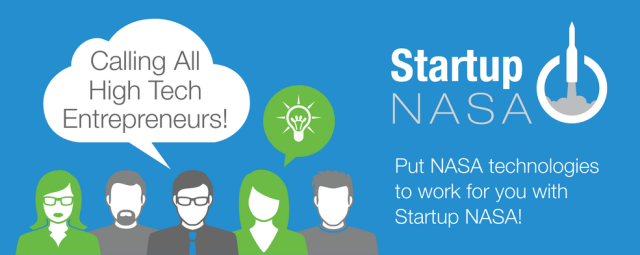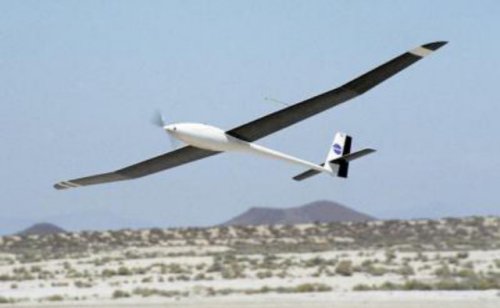NASA is unveiling a new opportunity for start-up companies to license patented NASA technology with no up-front payment. The Startup NASA initiative addresses two common problems start-ups face: raising capital and securing intellectual property rights.
Aimed at encouraging the growth of high-tech businesses and advancing American innovation, NASA’s Technology Transfer Program within the Office of the Chief Technologist designed this initiative to allow start-up companies to choose from a diverse portfolio of more than 1,200 patented NASA technologies that range from materials and coatings to sensors, aeronautics technologies, instrumentation and more.
“The Startup NASA initiative leverages the results of our cutting-edge research and development so entrepreneurs can take that research — and some risks — to create new products and new services,” said David Miller, NASA’s chief technologist.
Finding the technologies available for license is simply a click away. NASA has created a streamlined, online patent portfolio covering 15 categories and packed with patents protected by the U.S. government. Once a desired technology is identified, an online application can be filled out and submitted through the website.
Although the license itself is free, the start-up companies must adhere to the following guidelines:
- This offer is open only to companies formed with the express intent of commercializing the licensed NASA technology.
- “No up-front payment” means NASA waives the initial licensing fees, and there are no minimum fees for the first three years.
- Once the company starts selling a product, NASA will collect a standard net royalty fee. This money goes first to the inventor and then to maintaining the agency’s technology transfer activities and technology advancement.
- This announcement applies only to non-exclusive licenses, which means other companies may apply for similar rights to use the technology for commercial purposes. However, NASA will consider further exclusivity if the start-up wishes to negotiate.
- Companies entering into these licenses are bound by all requirements in federal licensing statutes and NASA policies, including development of a commercialization plan and reporting on efforts to achieve practical application.
For more information on this initiative, click here.
For example:
— Guidance and Control Method Increases UAV Range and Flight Duration, a guidance and control method that increases flight time and range of unmanned aerial vehicles, or drones already equipped with a primary battery or solar power propulsion systems. The upgrade works by detecting thermals, or buoyant plumes of air. Soaring in thermals like a piloted glider enables the UAVS to fly faster and extend flight duration while reducing energy consumption. Flight times can be increased by up to 12 hours per mission.
The patent access initiative is managed by NASA’s Technology Transfer program, which resides within the agency’s Office of the Chief Technologist.
Source: NASA


